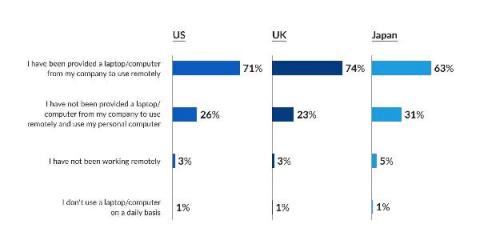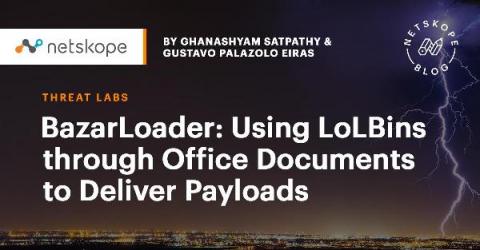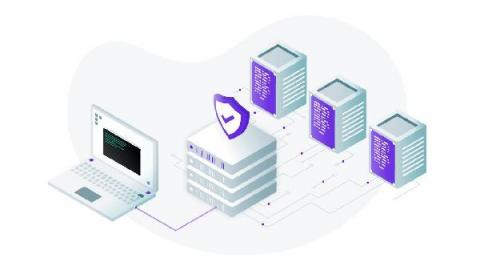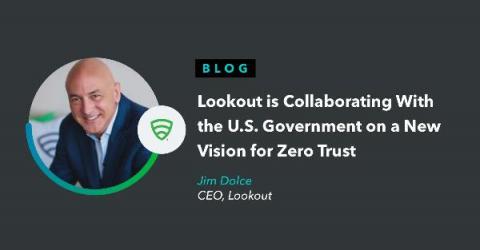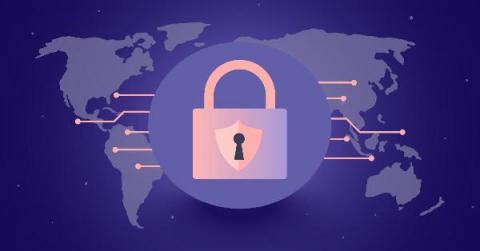The meaning behind XDR: A beginner's guide to extended detection and response
In the world of threat detection and response, alert fatigue and tool sprawl are real problems. Security professionals are struggling to manage different tools and control points and still relying on manual processes, which results in security that is fragmented and reactive. Analysts need better visibility and control, more context, and better use of automation so they can cut through the noise and respond to threats faster and more effectively.




